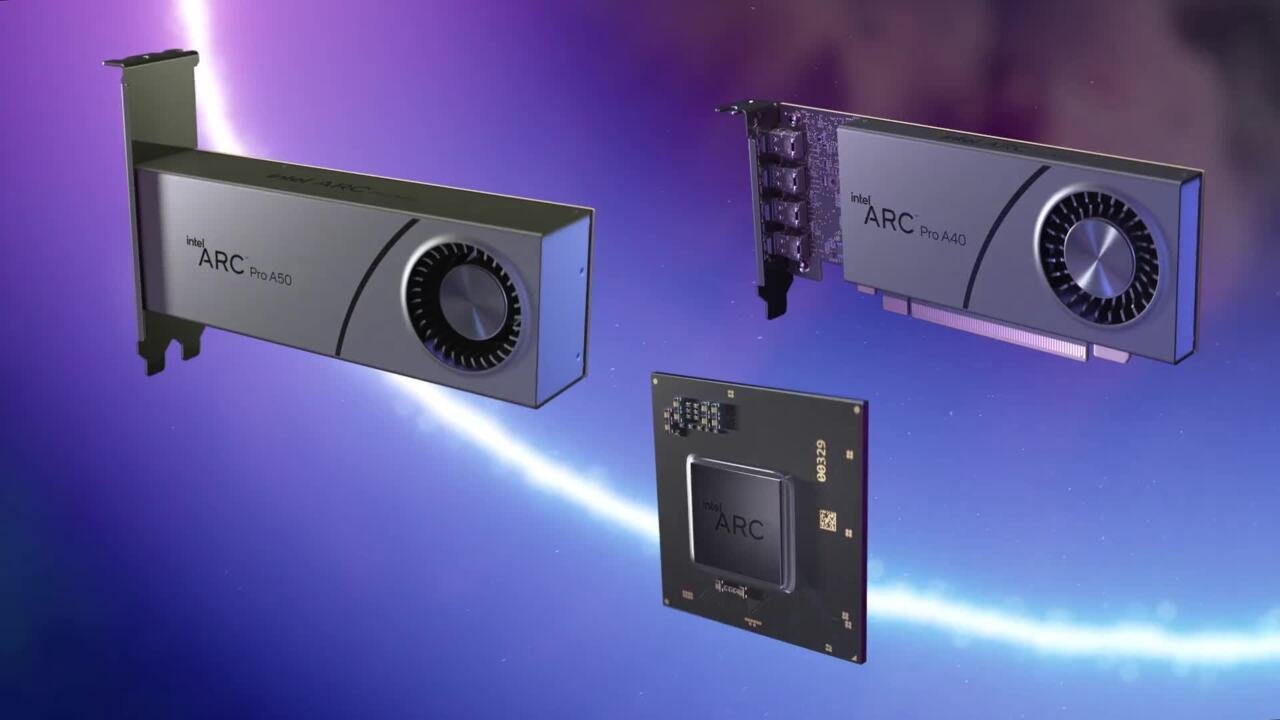Intel’s journey into the competitive arena of discrete GPUs with its Arc series has been notable for its highs and lows. Initially met with skepticism, Intel has made concerted efforts to address the performance and compatibility issues plaguing its Arc graphics drivers. This has culminated in significant improvements that seek to position Intel as a viable contender against established giants like AMD and Nvidia.
Key Highlights:
- Intel’s Arc drivers have seen iterative improvements aimed at enhancing game performance and system compatibility.
- Despite these strides, challenges such as the forced installation of Intel’s Driver & Support Assistant and HDCP recording restrictions have marred user experiences.
- Intel has been proactive in releasing game-ready drivers, even leading the race in some instances, though this has not entirely translated to outperforming competitors in stability and performance.
- Recent updates have boasted substantial performance uplifts in various games, showcasing Intel’s commitment to optimizing its Arc GPU drivers.
Understanding GPU Driver Optimization
The role of GPU drivers extends beyond mere hardware facilitation, serving as the critical intermediary layer that translates software demands into hardware actions. For Intel’s Arc GPUs, this involves a meticulous process of optimization to ensure compatibility, performance efficiency, and stability across a broad spectrum of applications and games.
Strides in Performance and Compatibility
Recent driver updates from Intel have demonstrated impressive performance gains in both DX11 and DX12 games, with reported increases of up to 750% in DX11 titles and 53% in DX12 titles. Such leaps are indicative of Intel’s ongoing efforts to refine their software, addressing both new and longstanding challenges within the gaming community.
However, the path to optimization has not been without its pitfalls. Issues such as intrusive notifications from the Arc Control app and initial compatibility problems with certain monitors highlight the teething problems Intel has faced. Despite these challenges, there have been noticeable improvements in monitor compatibility and a reduction in the obtrusiveness of system notifications.
Competitive Edge and Future Prospects
Intel’s ambition to carve out a significant presence in the discrete GPU market is evident in its rapid deployment of game-ready drivers. Intel’s strategy of being the first to release drivers optimized for new game releases, as demonstrated with “Hogwarts Legacy,” underscores its commitment to providing immediate support for the latest titles. Yet, this aggressive update cycle has been met with mixed reactions from the community, with some users lamenting the frequent need for updates.
The Path Forward
As Intel continues to refine its Arc GPU drivers, the focus remains on not just matching but exceeding the performance benchmarks set by its rivals. With each driver release, Intel is gradually addressing the critical feedback from its user base, striving for a balance between cutting-edge performance and user-friendly experiences.
Intel’s journey with its Arc GPUs underscores the intricate dance of hardware and software optimization in the quest for gaming excellence. While challenges remain, the continuous improvements signal Intel’s unwavering commitment to establishing its place in the competitive landscape of graphics processing.







